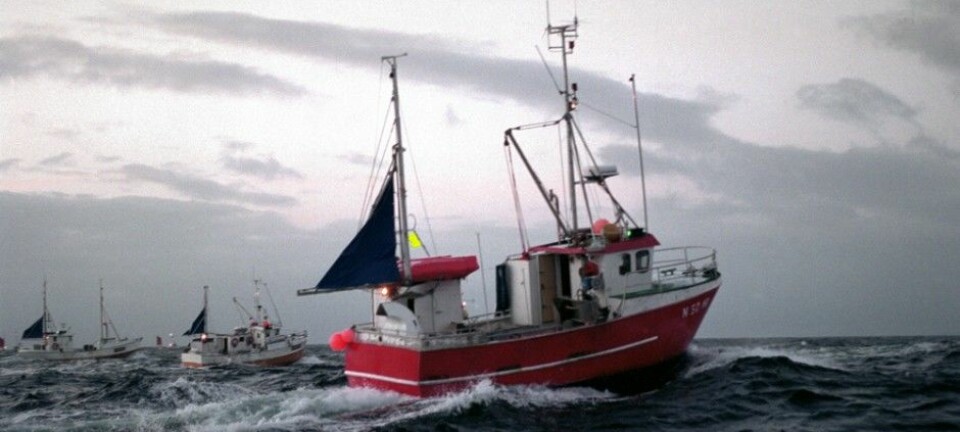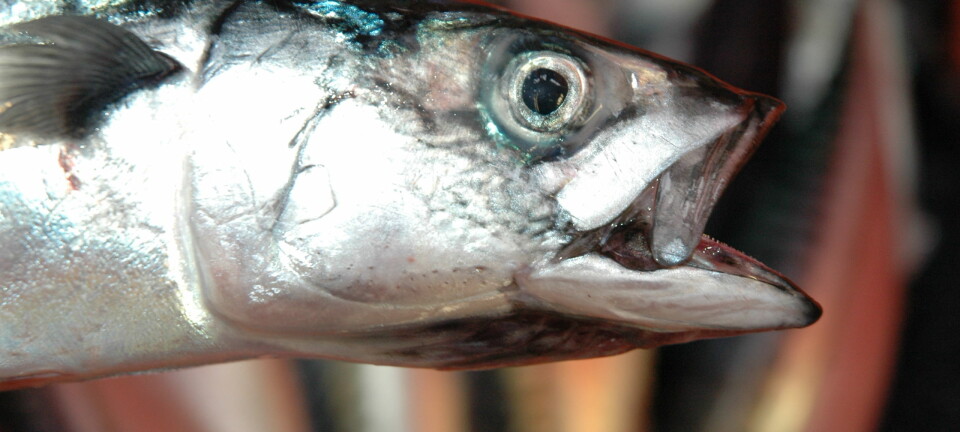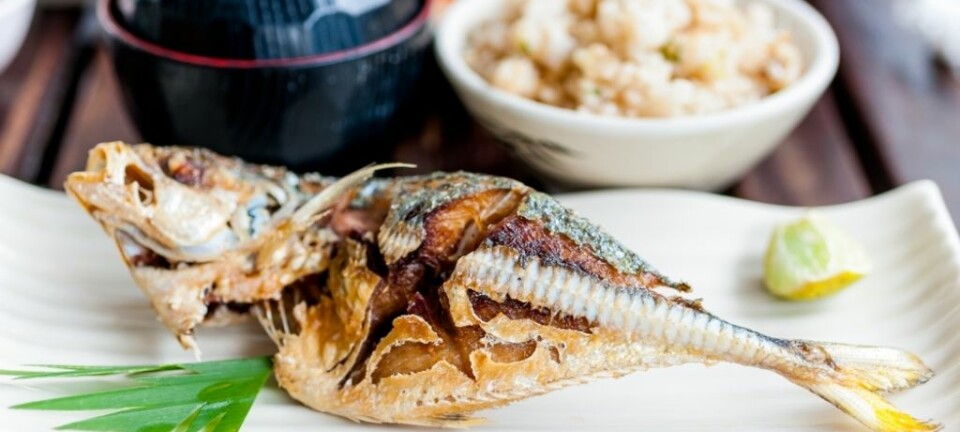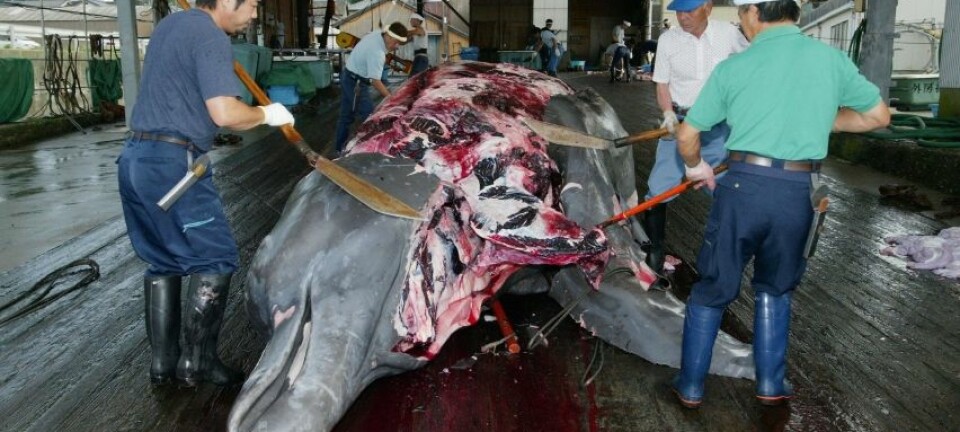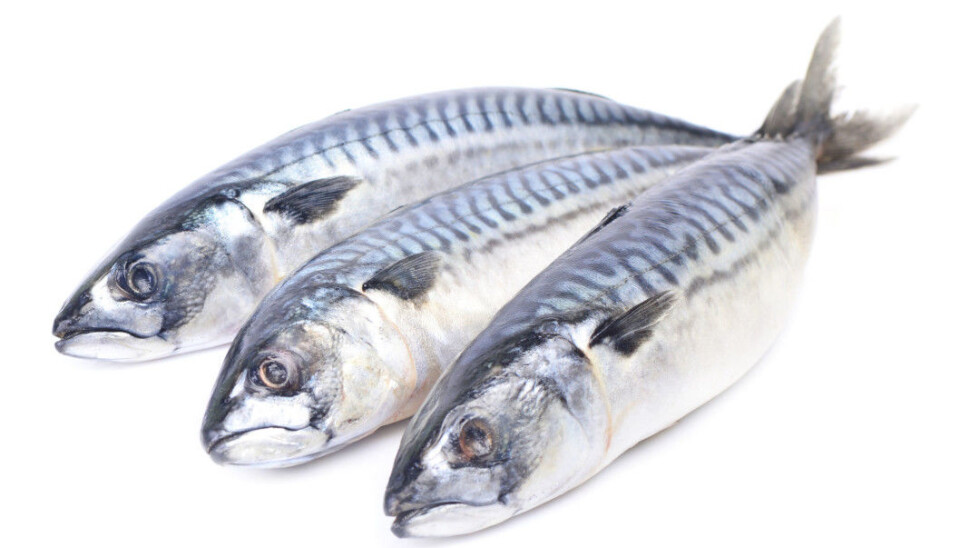
Holy mackerel! Debunking myths about this silvery fish
After six years of tracking mackerel in the North Atlantic, scientists have uncovered a few fishy secrets.
Do mackerel outcompete herring? And does the fact that mackerel are so widespread in the Nordics mean that their populations are booming?
Researchers have spent six years trying to answer these and other questions, and the answers are now beginning to come clear.
Their efforts are motivated by more than just academic curiosity. Researchers’ recommendations help shape international quotas that help protect fish stocks, which in the case of mackerel have had a rocky history.
Record highs, and then overfishing
Starting in 2000, mackerel populations off the coast of Norway grew substantially. Researchers believe mackerel stocks reached a record maximum in 2011, but numbers have dropped since then.
For a number of years, mackerel catches were higher than scientists' recommendations. Fishing pressures on mackerel stocks eventually led to international agreements on quotas. These quotas now fluctuates a great deal from year to year.
There was a sharp rise in the overall quota in 2017. The mackerel quota was then reduced sharply in 2018, and it will be reduced by another 42 per cent for 2019.
Fishermen protest
Fishermen, fishing boat owners, and their organisations, are naturally frustrated.
They say that they will not accept the quota recommendations for 2019, according to the Norwegian newspaper Vestlandsnytt.
Katja Enberg is an associate professor at the University of Bergen, Norway, and one of the researchers who indirectly helps determines the mackerel quota from year to year.
“All natural populations fluctuate in size. The mackerel is no exception. That's why the quotas that researchers set vary a lot from year to year,” she says.
Illegal fishing is a big problem
In addition to overfishing, illegal fishing has also been a major problem for mackerel stocks.
The mackerel was subject to so much illegal fishing before 2000 that scientists won’t even use catch data from before then in their research.
"We assume that this is less of a problem now," says Enberg.
"What is likely to be a problem is that some boats release some mackerel if their catch is very large, so they don’t exceed their allotment. It’s probable that many of these fish die. However, this is not systematically recorded,” she says.
Mackerel range
Enberg previously studied mackerel at the Institute of Marine Research in Bergen and is continuing this work at the University of Bergen. She led a large study that followed mackerel in the North Atlantic for six years, from 2011 to 2017, with funding from the Research Council of Norway.
This study allowed researchers to debunk a number of myths and misconceptions about the fish.
They found that the stock size does not have any significant impact on the spread of mackerel in the Nordics, as many thought.
The Nordic Seas comprise the Norwegian Sea, the Greenland Sea, and the Iceland Sea, or the ocean area between Norway and Greenland, north of Iceland, and south of Svalbard.
"The size of the stock has only a limited effect on how widely the fish ranges in the Nordic Seas," says Enberg.
"Many thought that when mackerel numbers are high and the fish spreads to areas such as Northern Norway and the Barents Sea, the reason for this must be that more fish need more space. But our studies can’t confirm this,” Enberg said.
Mackerel don’t necessarily outcompete herring
Another popular idea is that mackerel compete with Norwegian spring-spawning herring, pushing them out of Norwegian waters.
In other words, if there are more mackerel, there will be less herring.
Enberg says the two fish species do eat the same food, so that there is some competition for resources. She says, however, that this doesn’t appear to have a negative effect.
“We found a positive correlation between herring and mackerel populations in our study. Where there is herring, there is also mackerel,” says Enberg.
The researchers believe that there must be some common factor that affects both fish, causing them to share the same space.
"We see that the two fish species are probably affected by one and the same environmental factor,” she says.
The exact nature of this factor is the subject of Enberg’s future research.
----------------
Read the Norwegian version of this article at forskning.no







